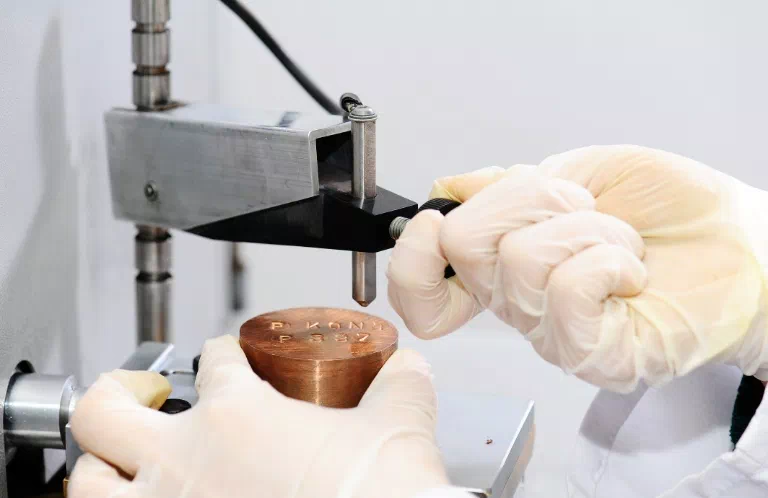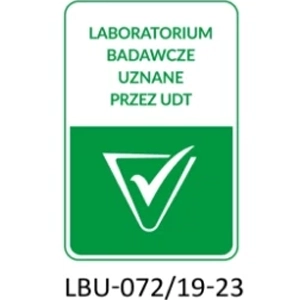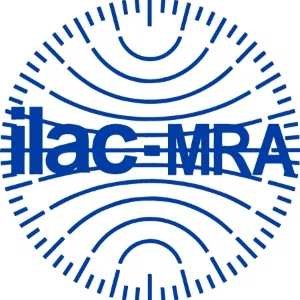Hardness Measurement

In our Laboratory, we perform hardness measurements of metallic materials and welded joints. This technique is characterized by its simplicity in both testing and data analysis, as well as being relatively fast. Hardness is a measure of a material’s resistance to permanent local deformation caused by the pressure exerted by an indenter. Various methods are used to determine hardness. Among the static hardness testing methods, the Vickers, Rockwell, and Brinell methods are performed at the PALAB Laboratory. These tests allow, among other things, the verification of heat treatment processes for components requiring this procedure, the determination of the hardness of castings, and the assessment of hardness distribution in individual zones of a welded joint.
We invite you to take advantage of our services!
Vickers Method

The Vickers hardness test is an advanced measurement technique effective for a wide range of applications, from soft to hard materials. This method uses a diamond pyramid-shaped indenter. During the test, a specified load is applied to the sample’s surface, creating a characteristic indentation whose dimensions determine the hardness value. At the PALAB Laboratory, we perform measurements under the following loads: HV10, HV1, HV0.5, HV0.3, HV0.2.
Brinell Method
The Brinell hardness test is an older, yet still significant method for evaluating material hardness. It uses a spherical indenter made of tungsten carbide with a specified diameter, which is pressed into the surface of the material under a defined load. The examiner measures the diameter of the resulting impression. The Brinell hardness (HB) is expressed as the ratio of the applied force to the surface area of the indentation. This method is particularly popular for testing cast iron materials. At the PALAB Laboratory, we perform measurements using the HBW 10/3000 and HBW 2.5/187.5 scales.
Rockwell Method
The Rockwell hardness test is a fast and widely used method for assessing material hardness. It employs various scales depending on the material type and hardness range, which differ in the type of indenter and the applied load. The test result is directly read from the hardness tester scale. At the PALAB Laboratory, we perform measurements using the HRC method.







